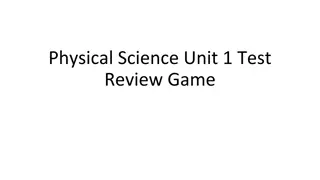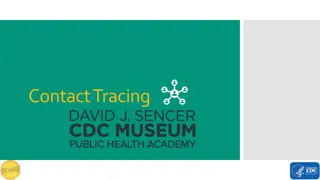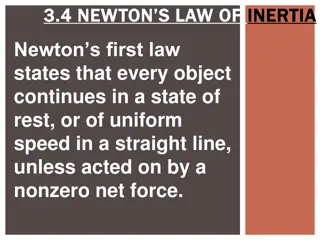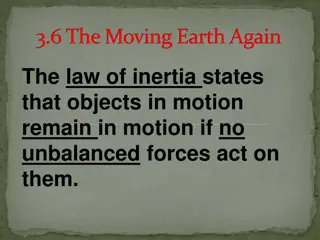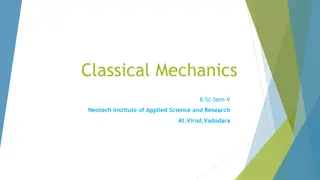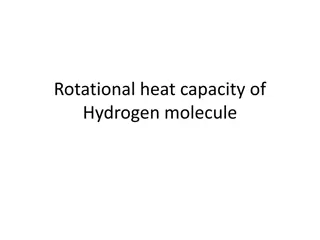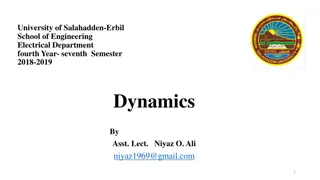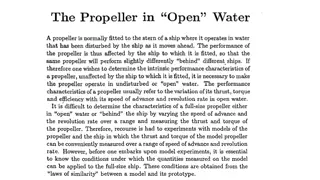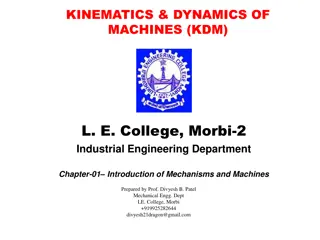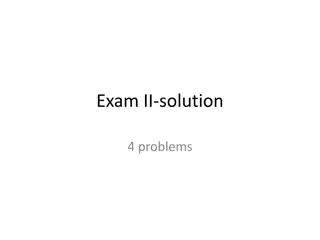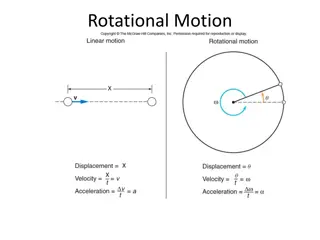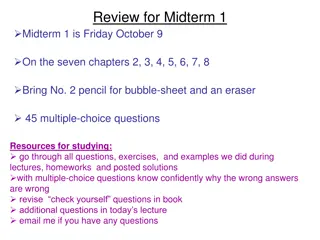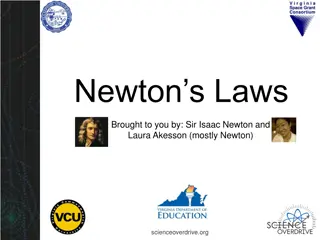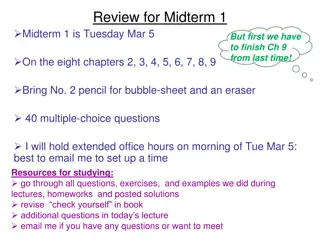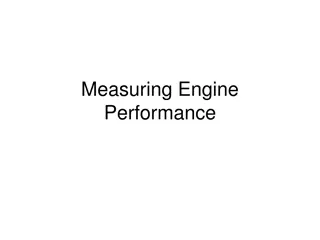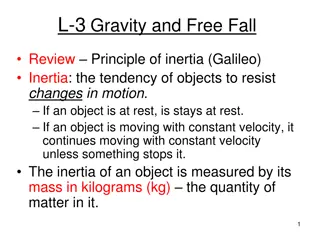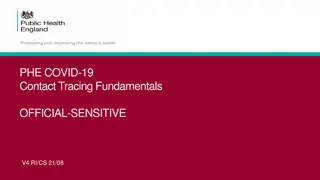Contact vs. Inertia
Delve into the dynamics of contact and inertia and how they interplay in various scenarios. Understand their effects on objects and movements, and their significance in physics and everyday life. Gain insights into the relationship between contact and inertia and how they shape our understanding of motion and force.
Download Presentation

Please find below an Image/Link to download the presentation.
The content on the website is provided AS IS for your information and personal use only. It may not be sold, licensed, or shared on other websites without obtaining consent from the author.If you encounter any issues during the download, it is possible that the publisher has removed the file from their server.
You are allowed to download the files provided on this website for personal or commercial use, subject to the condition that they are used lawfully. All files are the property of their respective owners.
The content on the website is provided AS IS for your information and personal use only. It may not be sold, licensed, or shared on other websites without obtaining consent from the author.
E N D
Presentation Transcript
Contact vs. Inertia
Neurons that communicate the messages sent in your brain are damaged. They struggle to communicate properly. They are extremely vulnerable in this state. If a second impact were to occur while the neuron is in this state the cell can become permanently damaged or die. Energy Crisis
Second Impact Syndrome can happen, minutes, days, or weeks after the initial concussion occurs. When a concussion has not fully healed, the athlete is susceptible to SIS. The brain experiences swelling that further damages the neurons. SIS leads to permanent brain damage and can be fatal. This is the reason we take concussions so seriously.
Headache Nausea Dizziness Off Balance Tired Blurry or Doubled Vision Ringing in the ears Sensitivity to light or sound Forgetfulness Mental fogginess or confusion Difficulty sleeping, or sleeping more than usual Depression, Anxiety, or Short Tempered
Loss of Consciousness Vomiting Appears Off Balance or Clumsy Appears slowed down Personality changes Sluggish or uneven pupils Eye movement patterns twitching Struggles to answer questions Struggled speech Does not respond to commands
Vomiting Loss of Consciousness Symptoms are worsening over time Severity or the number of symptoms
Remove from play! No physical activity until cleared No Screen Time! No electronics with screens No Cocooning! Don t put them in a dark room and force them to sleep for hours. No Headache Medication Medications may dull the symptoms and cause a misdiagnosis. NSAIDs and other pain relieving medications can prolong healing.
Keep track of the Signs and Symptoms. Let them eat! Increasing the calories during healing can help recovery. Regular doses of Vitamins B, D, E and Fish Oil shown to help. Make sure they are drinking water. Dehydration can cause complications Let them sleep. You don t need to wake them up in the middle of the night to check on them unless instructed to by a doctor.
ATC determines Possible Concussion 48 hour rule No symptoms ? Still Symptomatic Go to your PCP No concussion ? Concussion Follow the School s Return to Play Protocol
Academic restrictions only if requested by the doctor. RTL monitored regularly by the student s counselor. Counselors make updates on a case by case basis. Once the student completes a full day of school (no PE) without restrictions and experiences no symptoms for 24 hours without the use of medication they may move on to the RTP protocol.
Doctors Note: clearing RTP Day 1 Light Aerobic Activity Stationary Bike 15-20 min Day 2 Sport Specific Exercise Jogging only drills for 15-20 min Day 3 Non-Contact Training No-contact practice with sport specific drills, sprinting, and resistance training Day 4 Contact Practice Full practice Day 5 Return to Competition Games, game scenarios, or full practice
All athletes must take a baseline ImPact test before the season. Links are on the website and info in the physical packet. It s good for 2 years after they take it. After a concussion take it again with the ATC. DO NOT have them take this at home. Helps show how the brain is effected.
On the school website under the athletics tab is a Concussion section. Videos and links to more info. School Policy ImPact test link
State Rules: Passed at least 30 Credits from previous year- FALL & Winter Passed at least 15 credits from first semester-SPRING SEASON Have a CURRENT physical on file ImPact Test Done every two years (9th and 11th grade) All other forms located in FamilyID Transfer Forms: If an athlete has transferred from another school (district), a transfer form needs to be completed. District Rules: Fines: Owe no money Discipline: Must be under 100 points otherwise they are on Principal s Probation.
FamilyID: www.familyID.com Required Forms parents must sign off that they have read: Concussion Sudden Cardiac Death Steroids Sports Related Eye Injury Opioid Use and Misuse Fact Sheet Student/Parent handbook: Located in FamilyID and on the athletics page of the school s website Powerpoint ****MUST BE DONE EVERY SPORT SEASON
Travel to and from events: All athletes are required to ride the bus Travel Release: Must be an Emergency and request must be made 24 hours in advance Email me (ftorcasio@bhprsd.org) Chain of Command: If you or your child has an issue: Athlete Talk to Coach Parent Talk to Coach Contact Athletic Office
Parent Communication and 24 Hour Rule: Please allow 24 hours after a contest or practice to contact the coach. Sportsmanship: Players Play, Coaches Coach, Officials Officiate Parents watch and have fun! www.nfhslearn.com Sportsmanship Positive Sport Parenting Returning Uniforms- All uniforms must be turned in to the coach after last contest of the season. Failure to do so will result in award not being issued.





